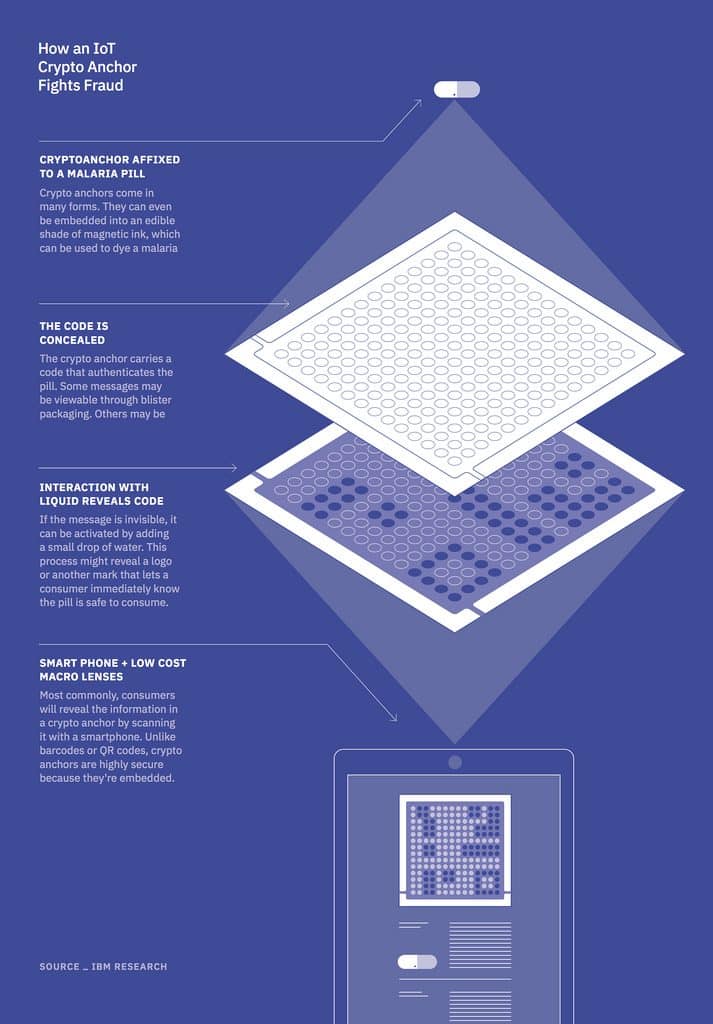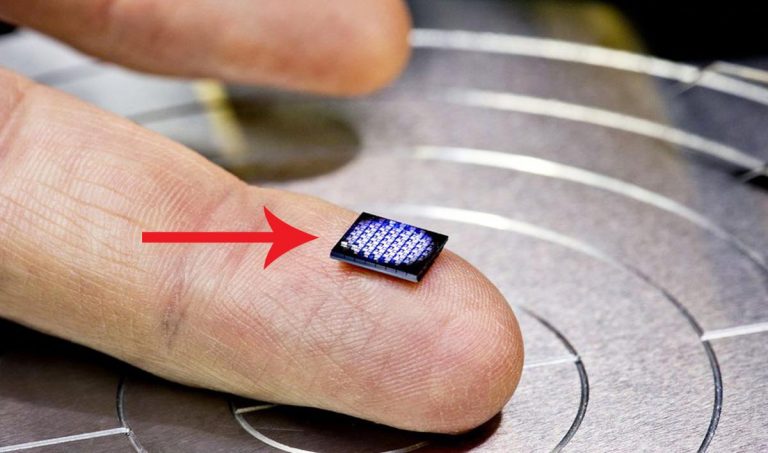Technology has exponentially improved over the last couple of decades, but one thing we can all agree on is that the size of computers is something that didn’t see much of a change. Luckily that’s about to change, at least that is what IBM has to say about their new invention.
IBM Crypto-anchor: The smallest computer
During the last month “Think 2018” event which is the IBM’s biggest event conducted annually, the company unveiled the world’s smallest computer “crypto-anchor” that is literally smaller than a grain of salt.
For the terribly tiny size, it sure packs a punch of processing power. It has a processing power of an X86 chip from 1990. You may think that it is not that powerful but remember, we need a microscope to clearly see the chip.
The computer will cost less than ten cents to manufacture, and will also pack “several hundred thousand transistors,” according to the company. These will allow it to “monitor, analyze, communicate, and even act on data.”
This microscopic “crypto-anchor” is a complete SoC (system-on-a-chip) and features a processor, storage, memory, and communication module. It is essentially an anti-fraud device. According to the company, the manufacturing cost is less than ten cents per unit and it packs “several hundred thousand transistors”. It can “monitor, communicate, analyze and even act on data.”

Crypto-anchor is designed to be embedded in price tags and product packaging. This helps in tracking and logging the movement of goods during transport, shipping and hence enhance the current supply chain.
Crypto-anchor is still at the prototype stage. Once it is ready, it will also serve to authenticate the products that are brought online like pharmaceuticals, cosmetics, foods, and luxury goods to make sure that they have not been tampered with.
IBM’s Arvind Krishna said, “They’ll be used in tandem with blockchain’s distributed ledger technology to ensure an object’s authenticity from its point of origin to when it reaches the hands of the customer.”

